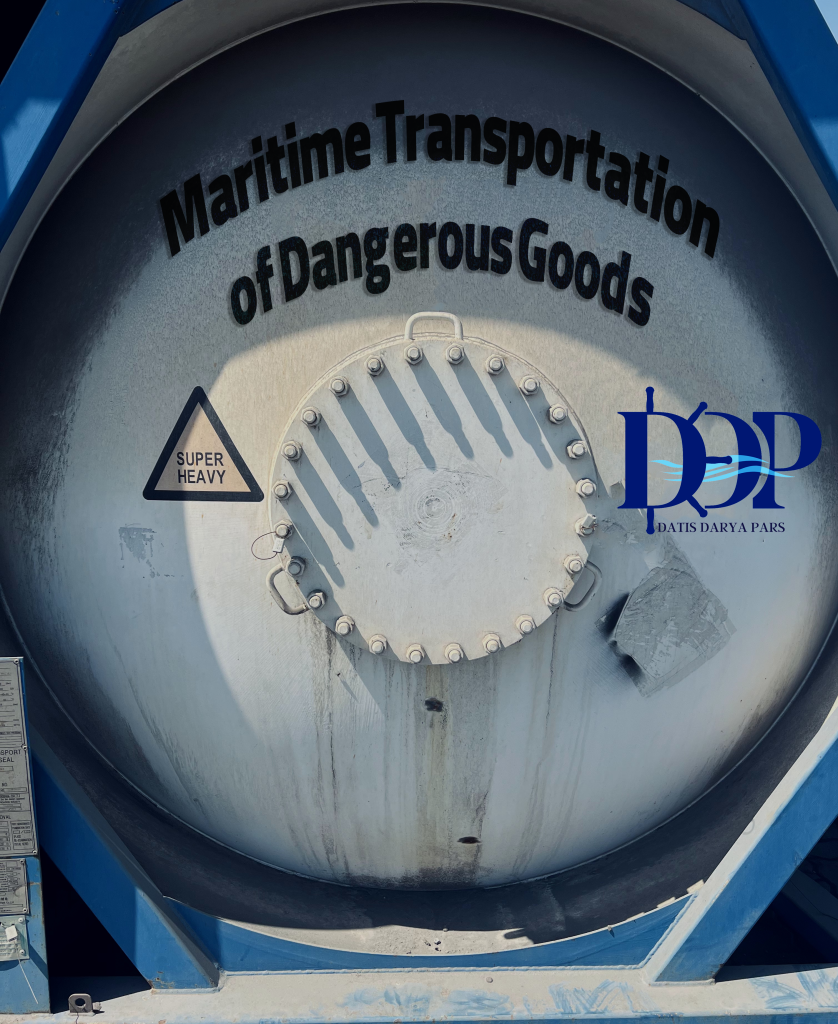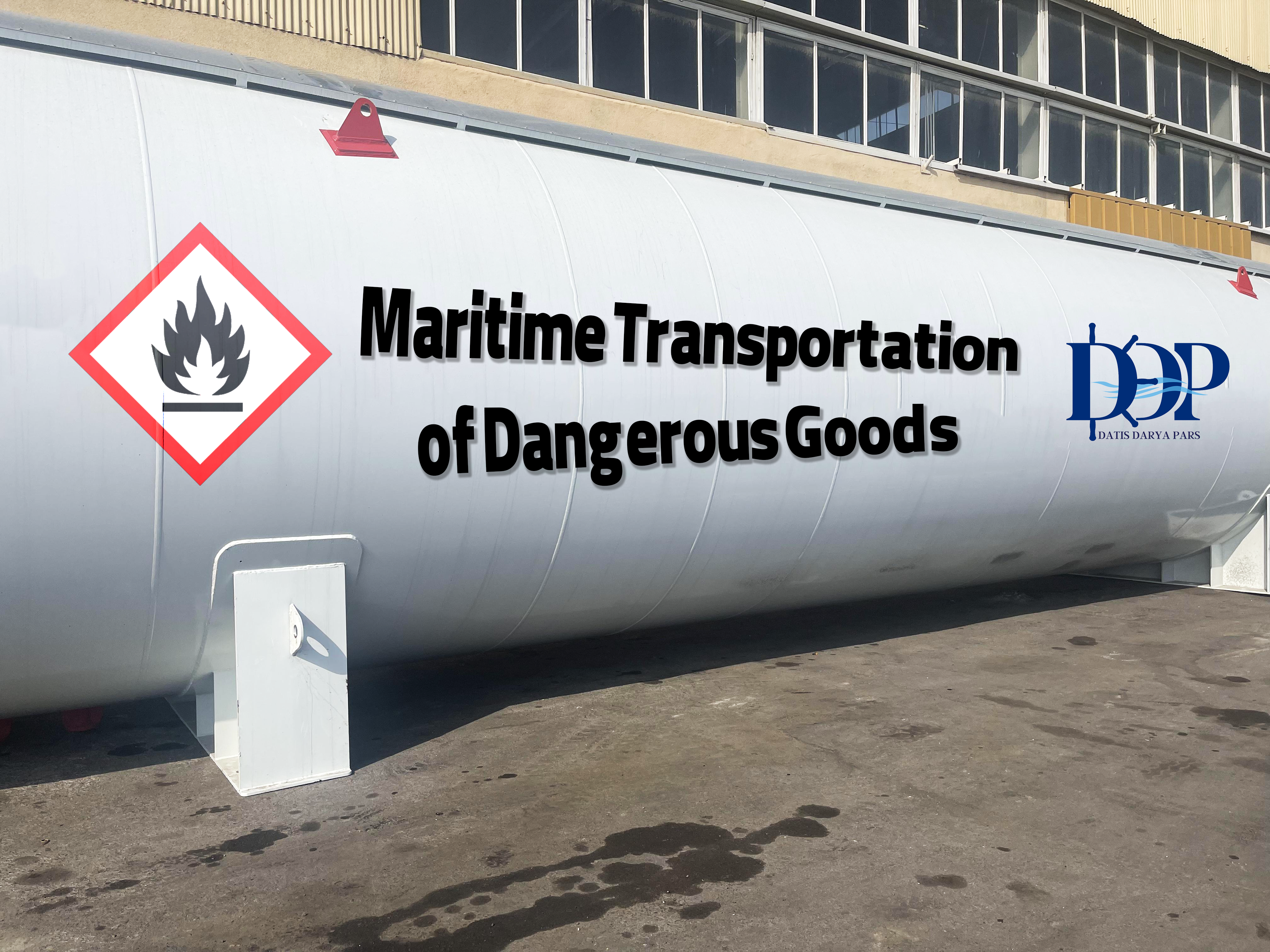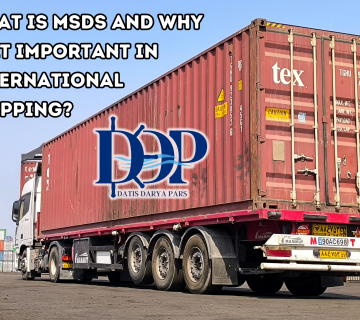Maritime Transportation of Dangerous Goods
Introduction
Maritime transportation is one of the key methods of moving goods worldwide. This method is particularly significant for dangerous goods. Dangerous goods refer to items that can pose risks to humans, the environment, or property due to their specific characteristics. In this article, we will define dangerous goods, their types, and the methods of their maritime transportation.
What Are Dangerous Goods?
Dangerous goods refer to items that can pose a risk to human health, the environment, or property based on their physical, chemical, or biological characteristics. These goods can include chemicals, gases, explosives, flammable materials, radioactive materials, and others.
Classification of Dangerous Goods
Dangerous goods are typically divided into eight categories:
- Explosive Materials: Substances that can explode.
- Gases: Gases that are stored under pressure and can be hazardous.
- Flammable Materials: Substances that ignite easily.
- Oxidizing Agents: Materials that can help burn other substances.
- Toxic and Infectious Materials: Substances that are dangerous to human and animal health.
- Radioactive Materials: Materials that are hazardous due to radiation.
- Corrosive Materials: Substances that can cause damage to skin or other materials.
- Other Hazardous Materials: This category includes substances that cannot be classified into other categories.
Maritime Transportation of Dangerous Goods
The transportation of dangerous goods requires compliance with specific standards and regulations. In maritime transportation, these regulations are established to ensure safety and prevent accidents and environmental damage.

Transportation Stages
- Packaging: Dangerous goods must be packaged in a way that prevents risks from leakage or damage to the shipment. The packaging must be durable and comply with international standards.
- Labeling: Packages must have hazard identification labels. These labels should include international hazard symbols and information related to the shipment.
- Documentation: All documents and records related to the shipment must be accurately prepared and maintained. These documents include information about the type of goods, quantity, and safety measures.
- Transfer: Special safety measures must be followed during the loading and unloading of dangerous goods. This includes the use of protective equipment, training for personnel, and adherence to safety protocols.
- Transportation: Ships carrying dangerous goods must have the necessary permits and appropriate safety equipment. Additionally, transportation routes should be chosen to minimize potential hazards.
Challenges and Risks
Transporting dangerous goods comes with specific challenges. Some of these challenges include leaks, fires, explosions, and environmental damage. Therefore, following safety protocols and being aware of existing hazards is essential.
Conclusion
The maritime transportation of dangerous goods is a complex and vital topic in the transportation industry. Adhering to standards and regulations, appropriate packaging, correct labeling, and training personnel are key factors in the success and safety of this type of transportation. Implementing these measures can minimize the risks associated with transporting dangerous goods and ensure personal and financial security. Given the importance of this issue, different countries should enhance international cooperation in the field of dangerous goods transportation safety.

 then 'Add to home screen'
then 'Add to home screen' then 'Add to home screen'
then 'Add to home screen'



بدون دیدگاه